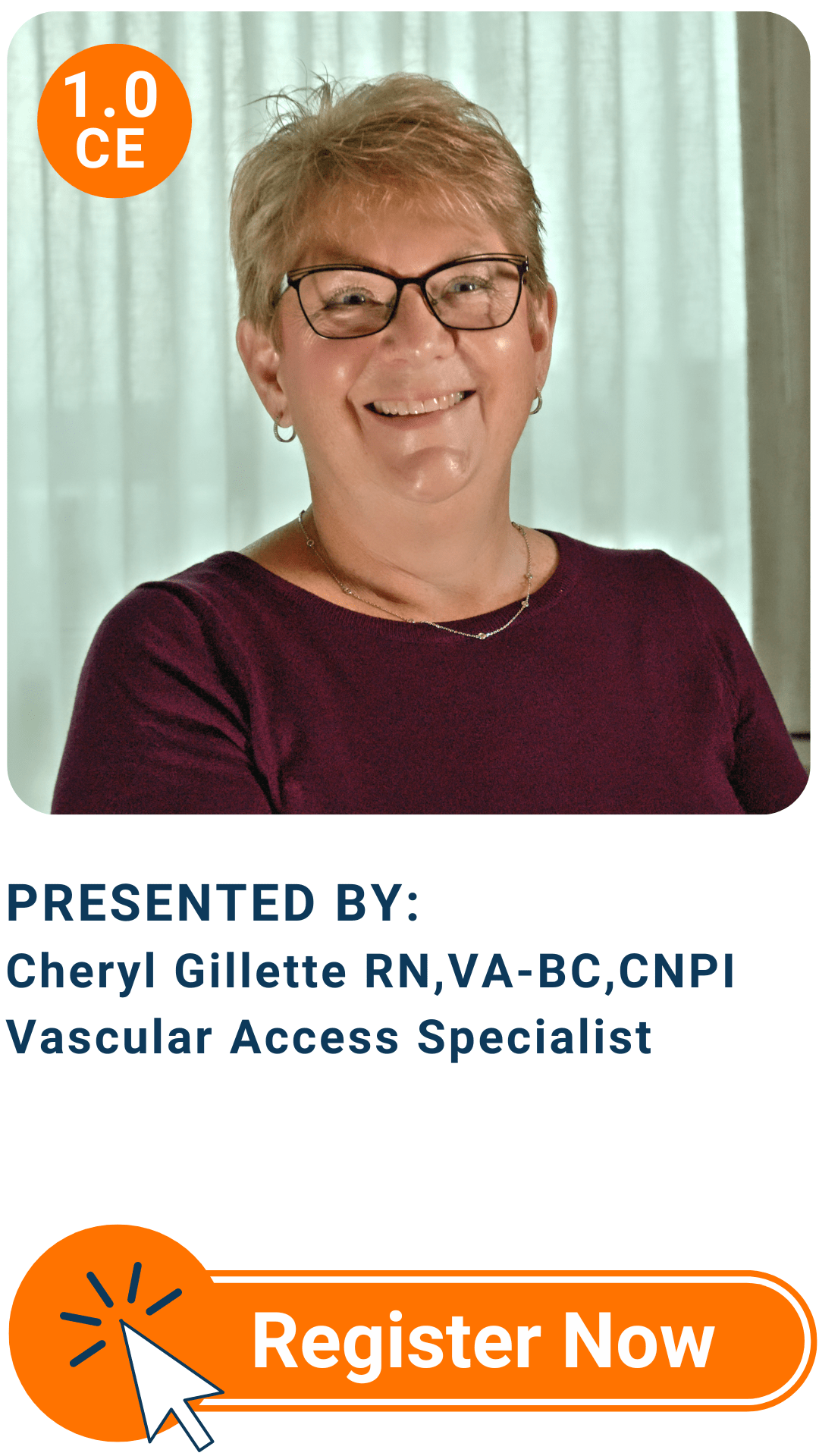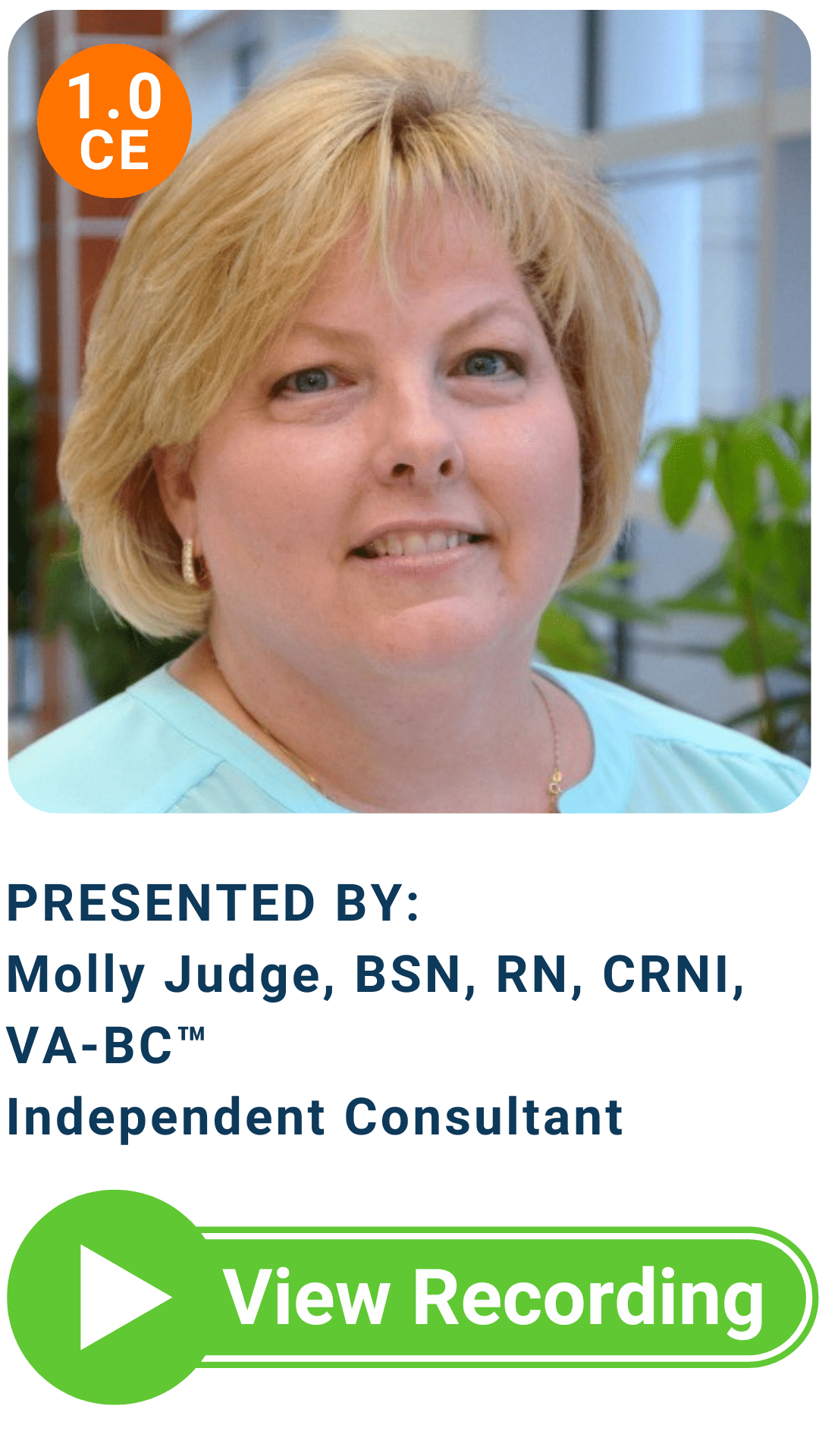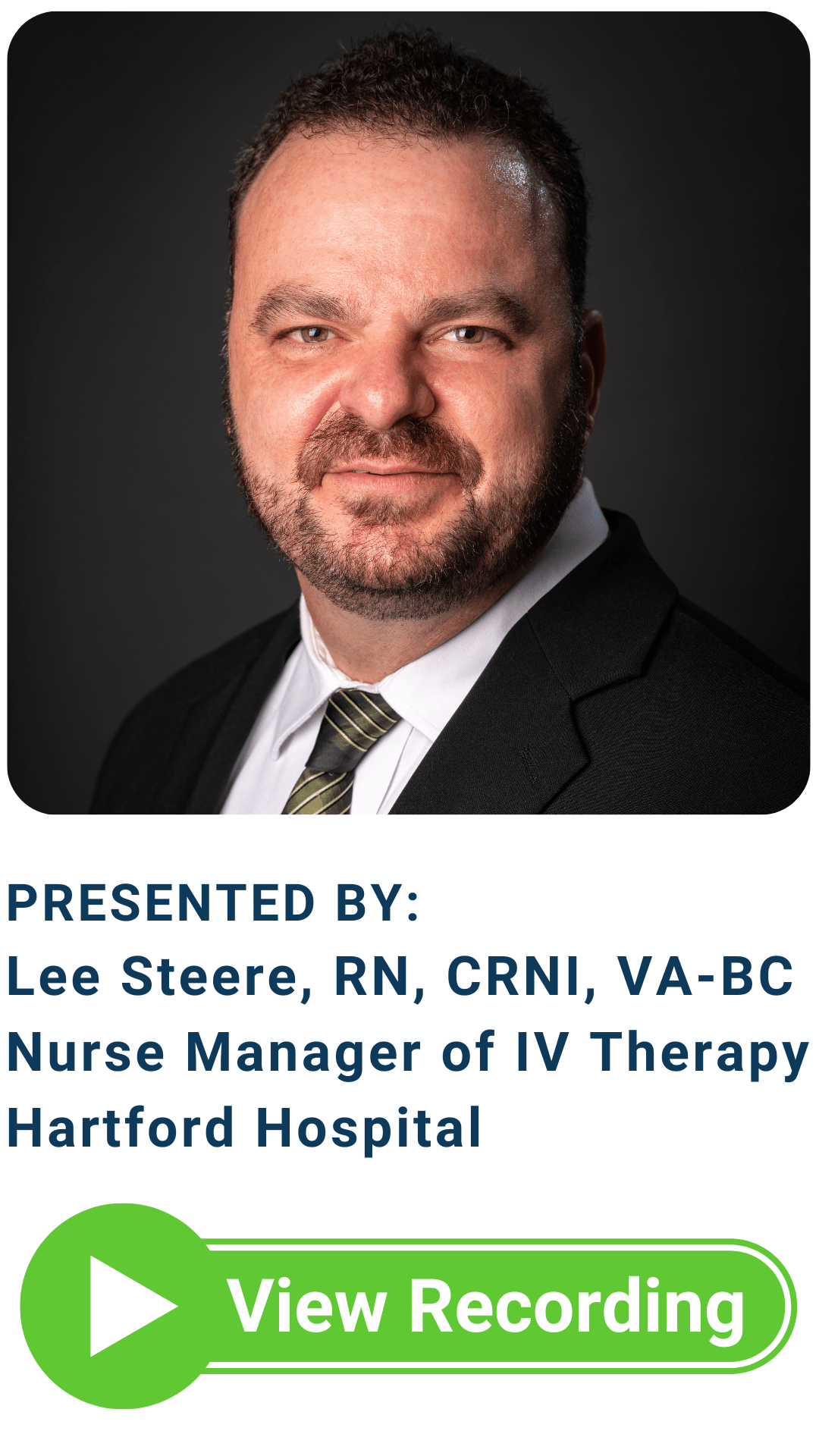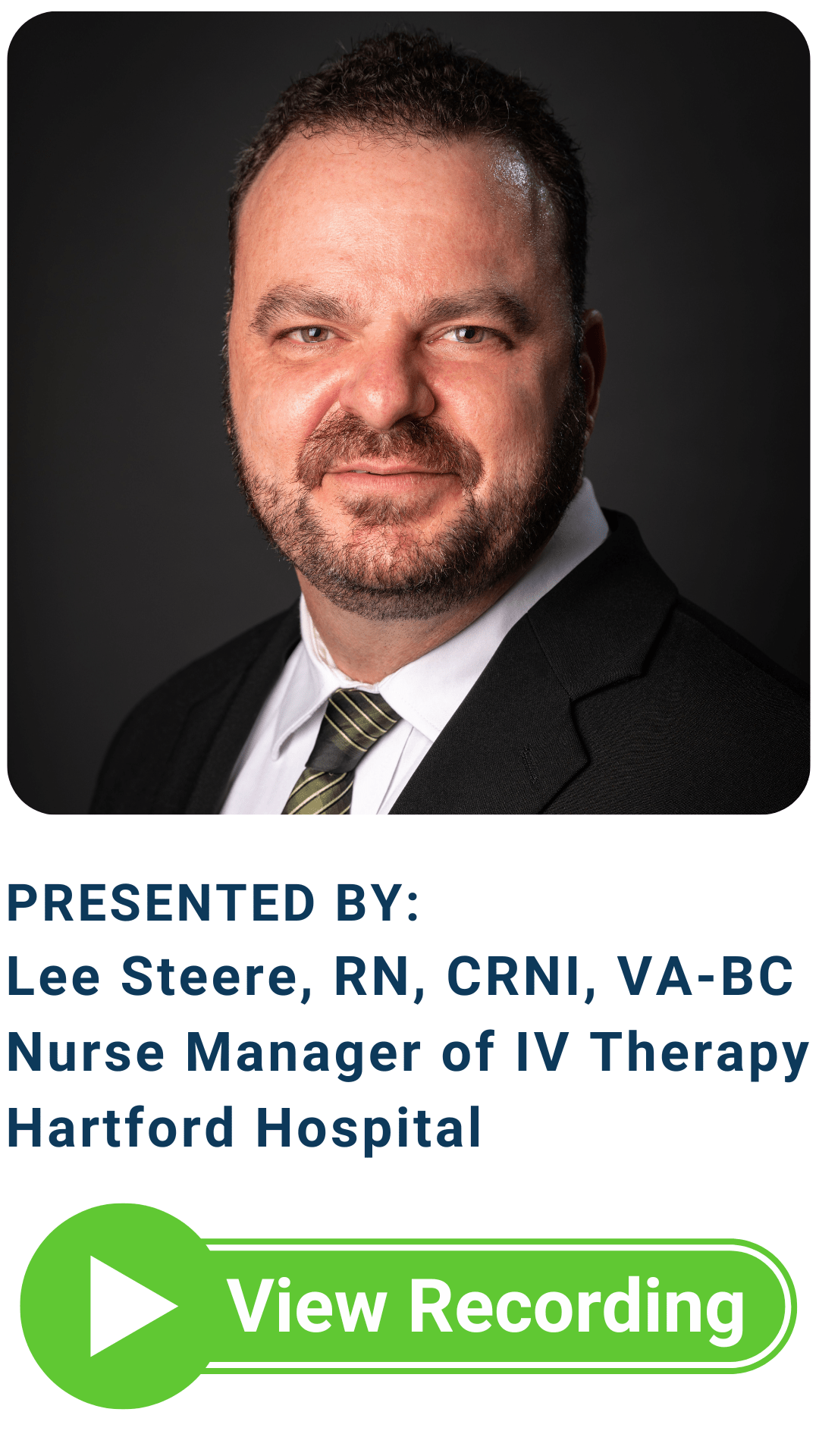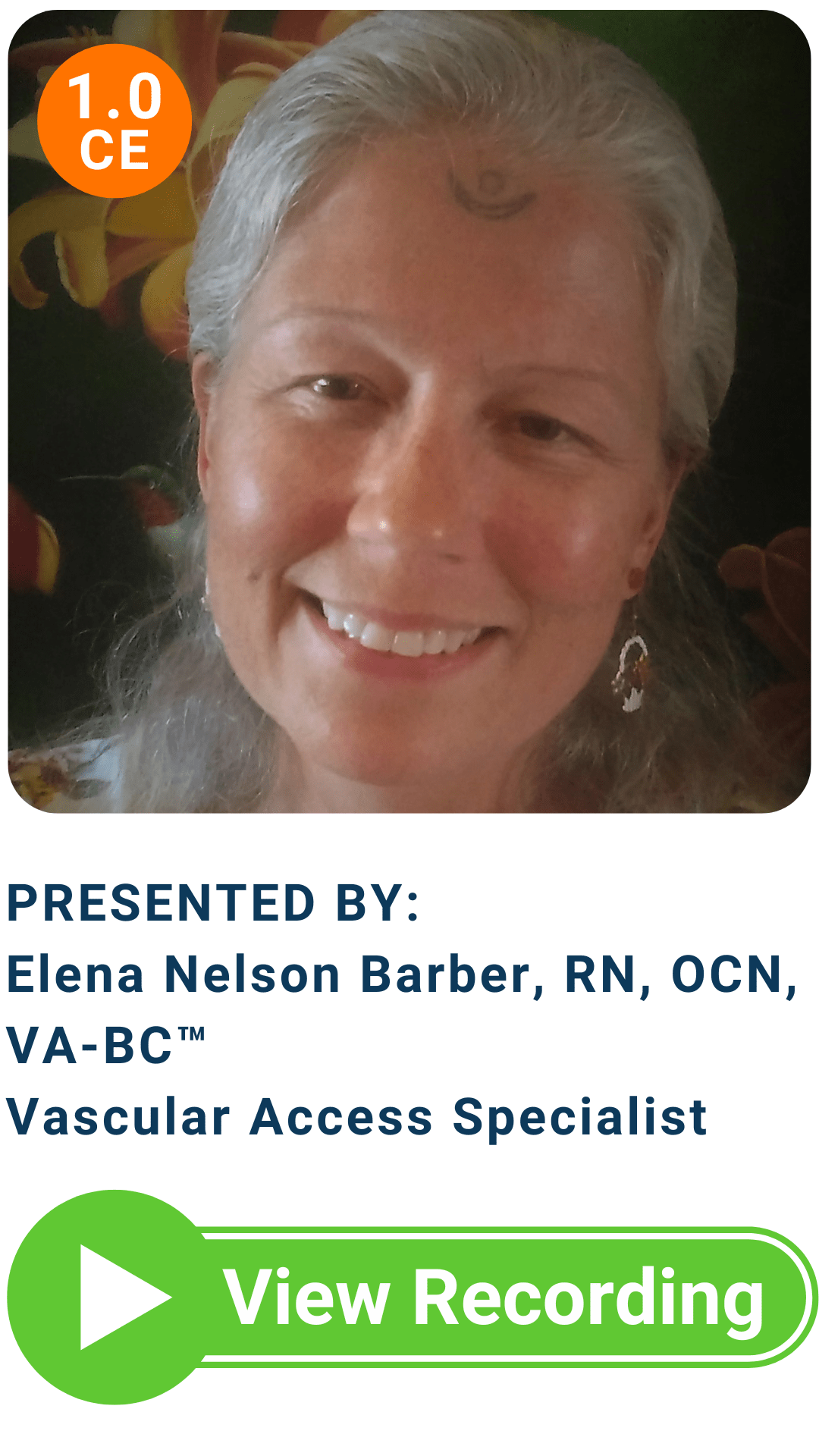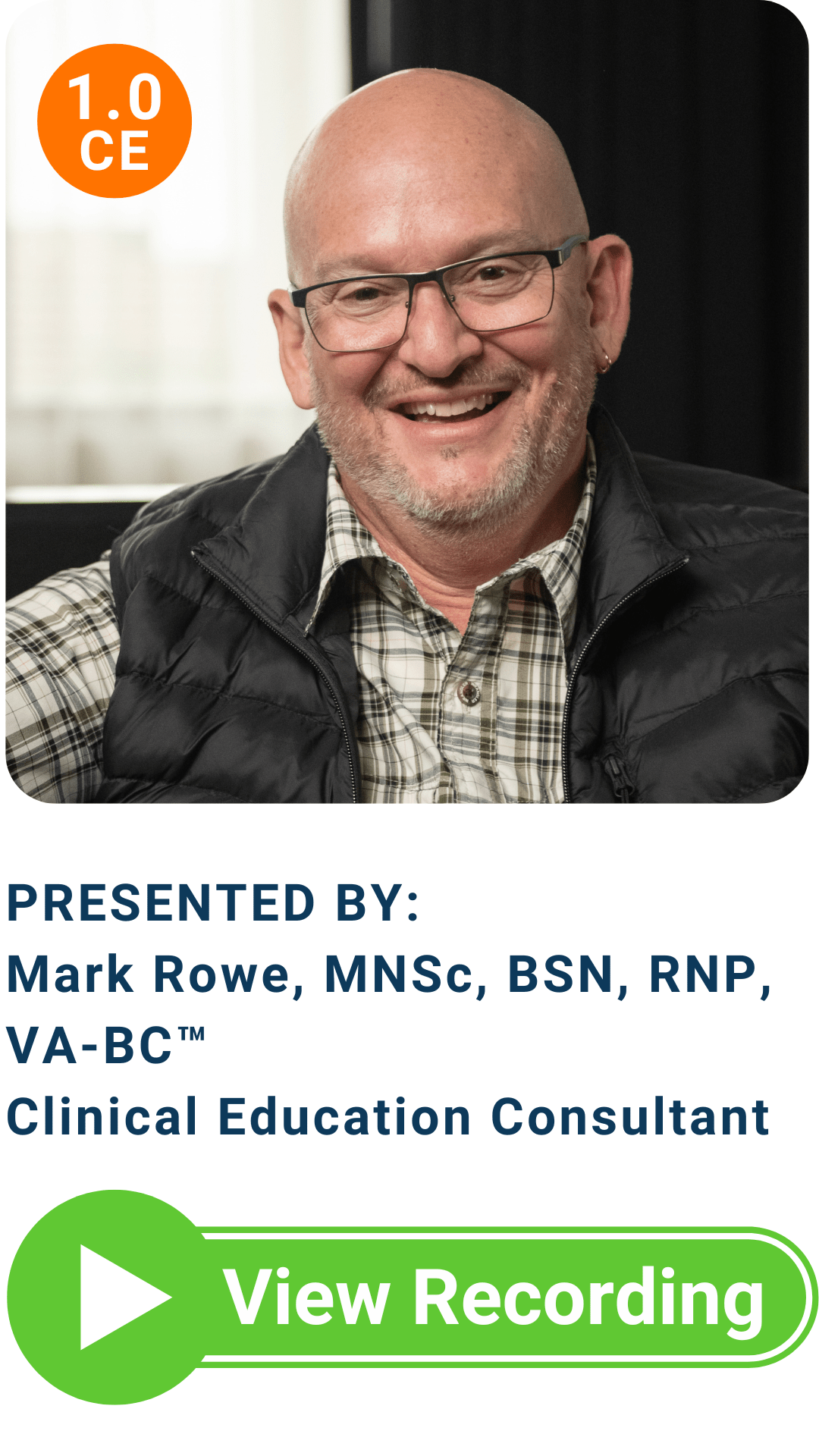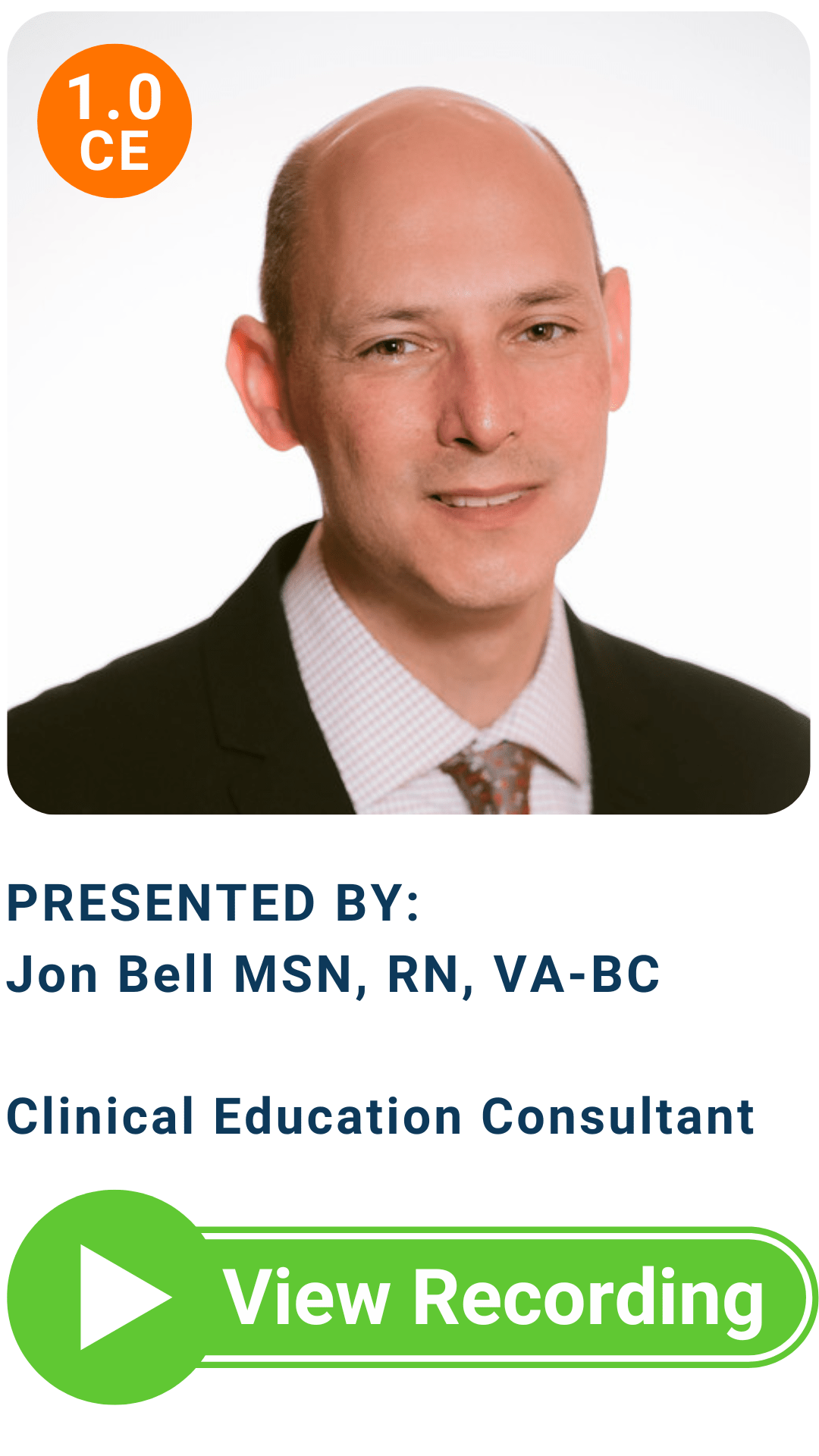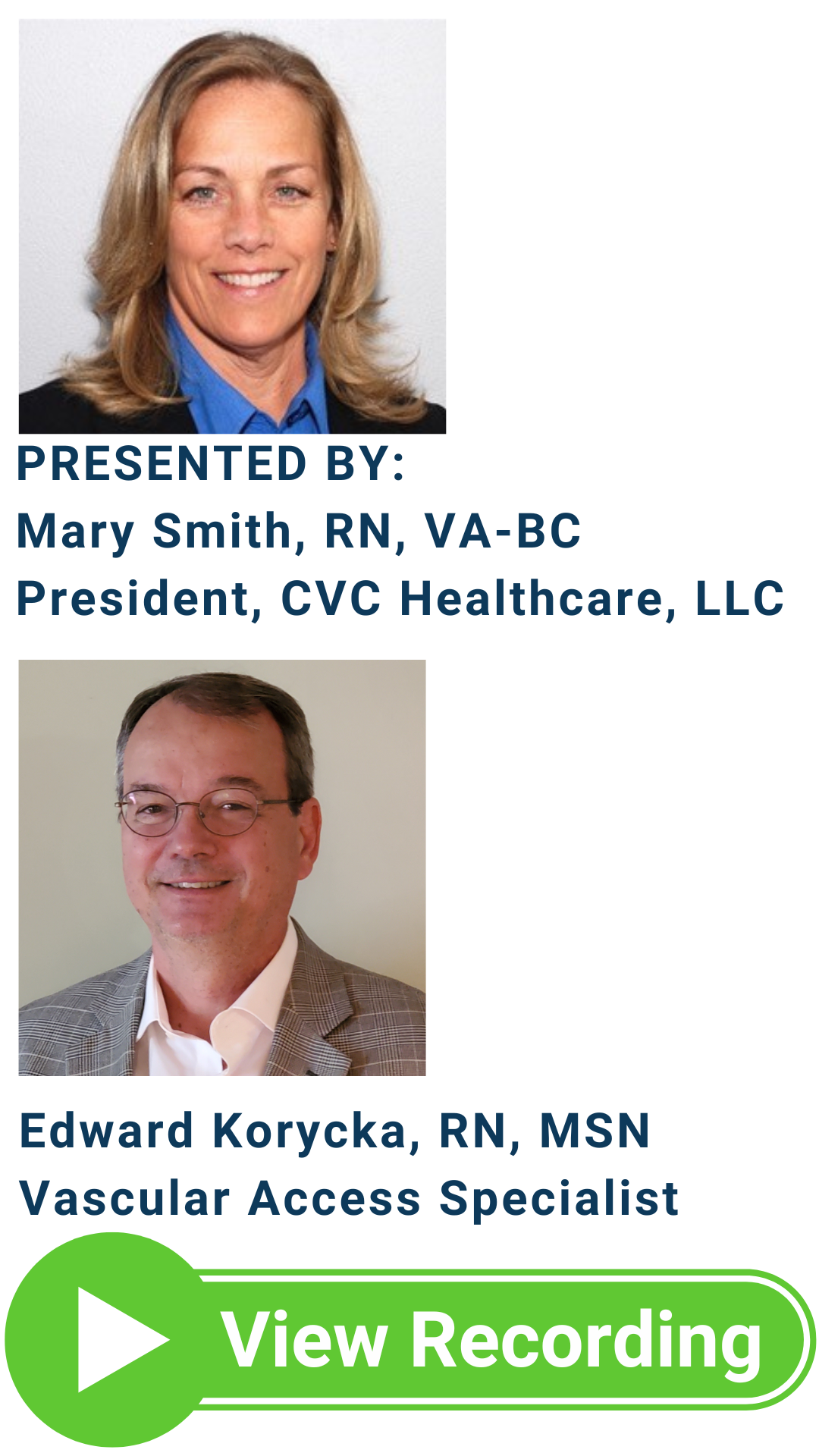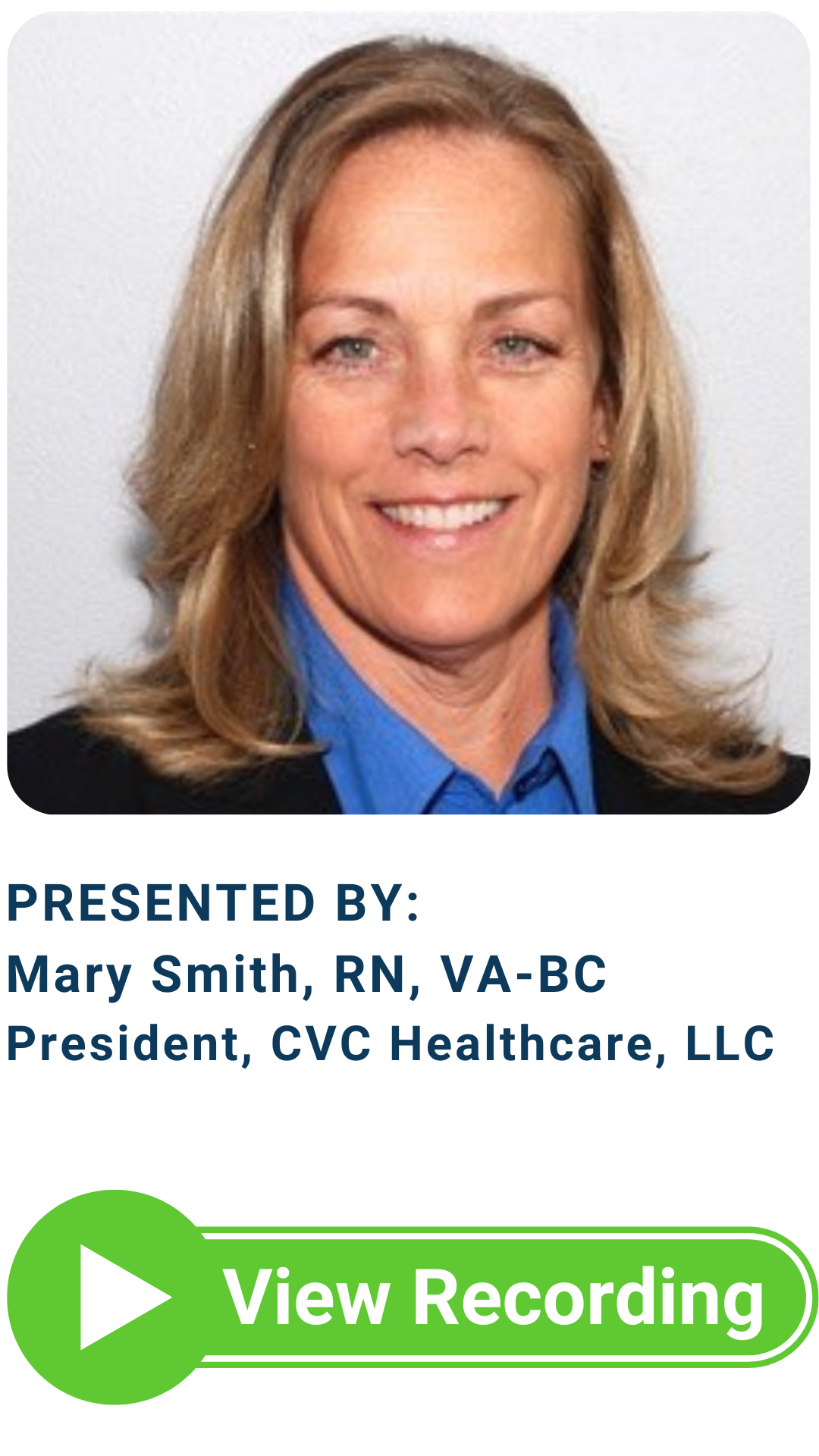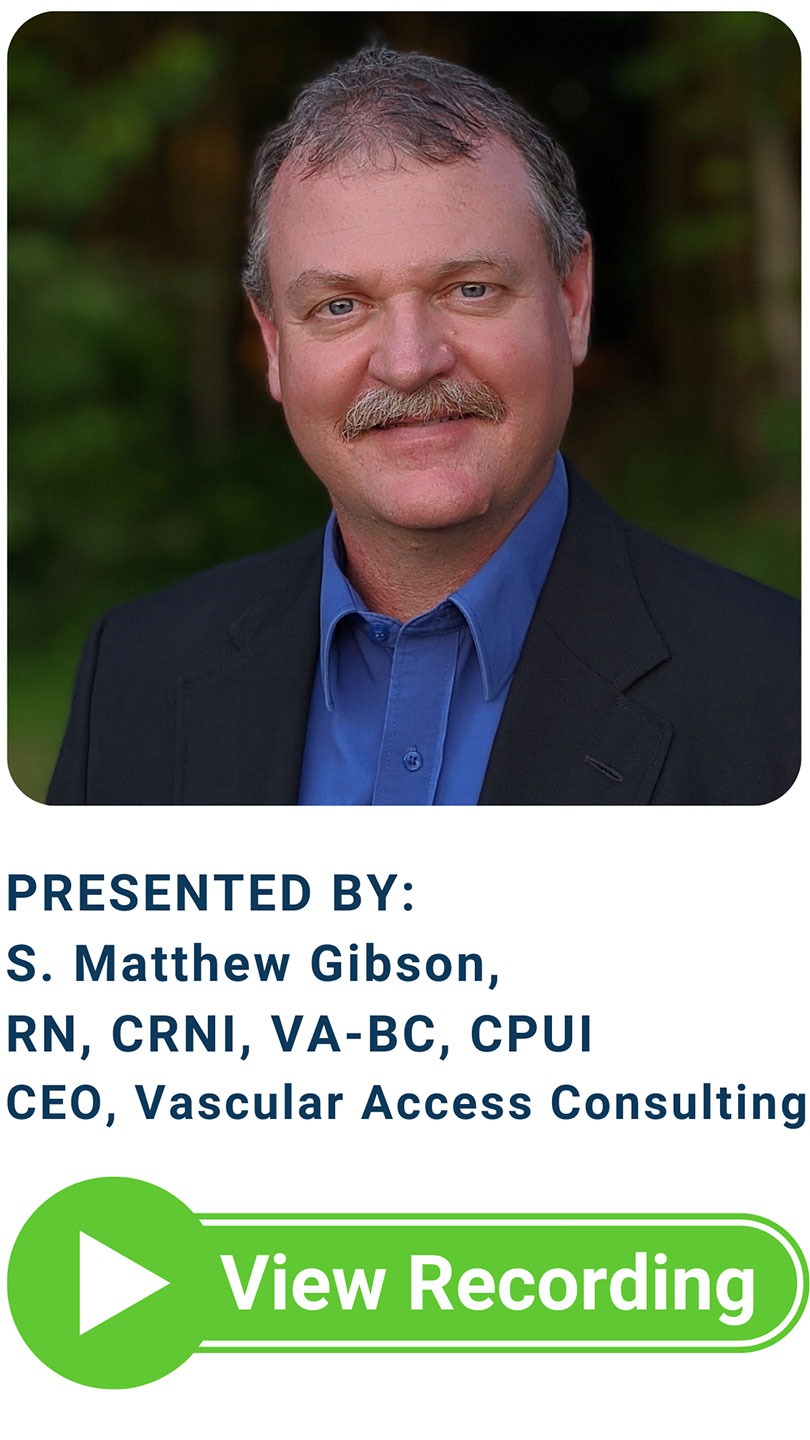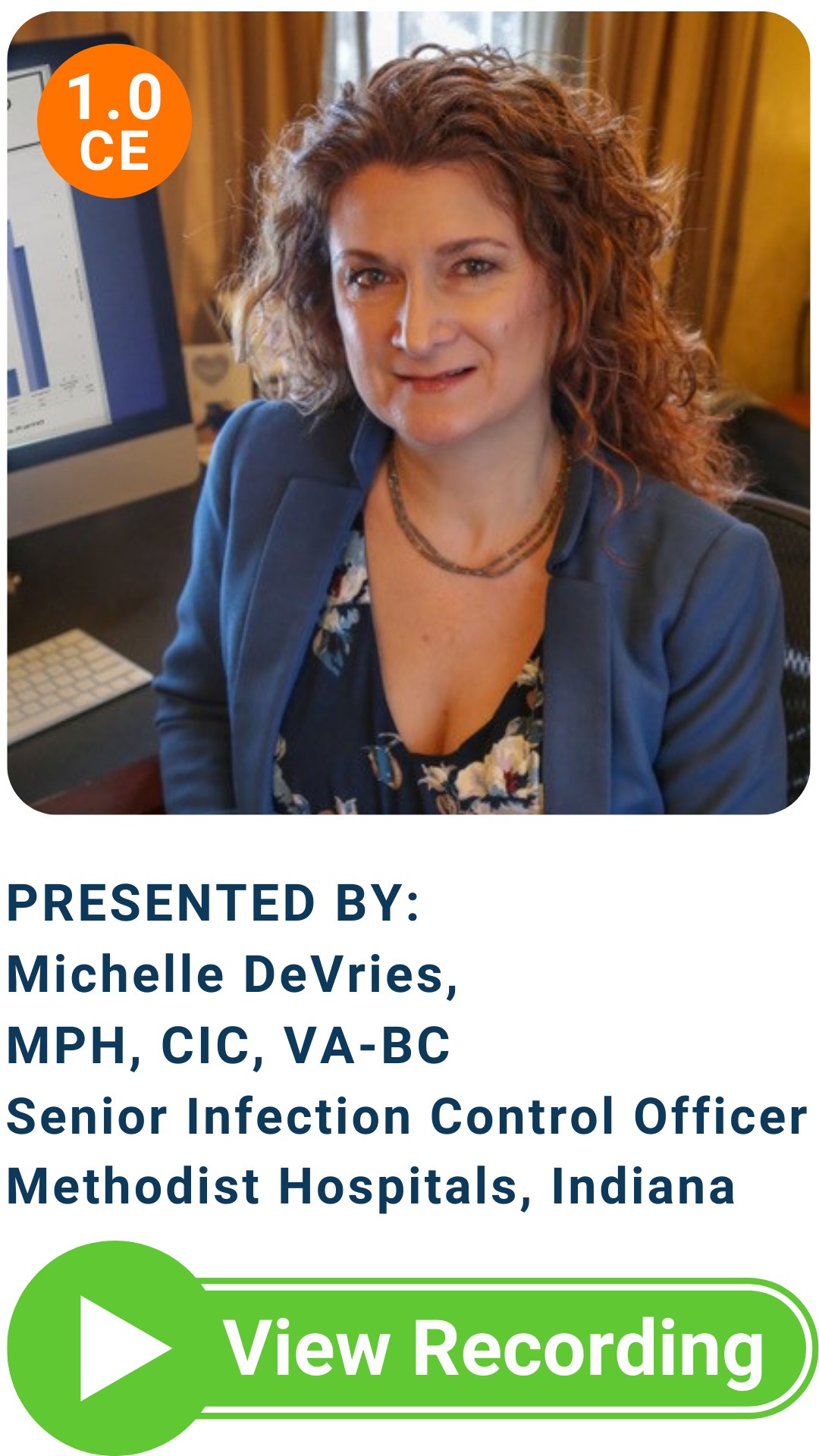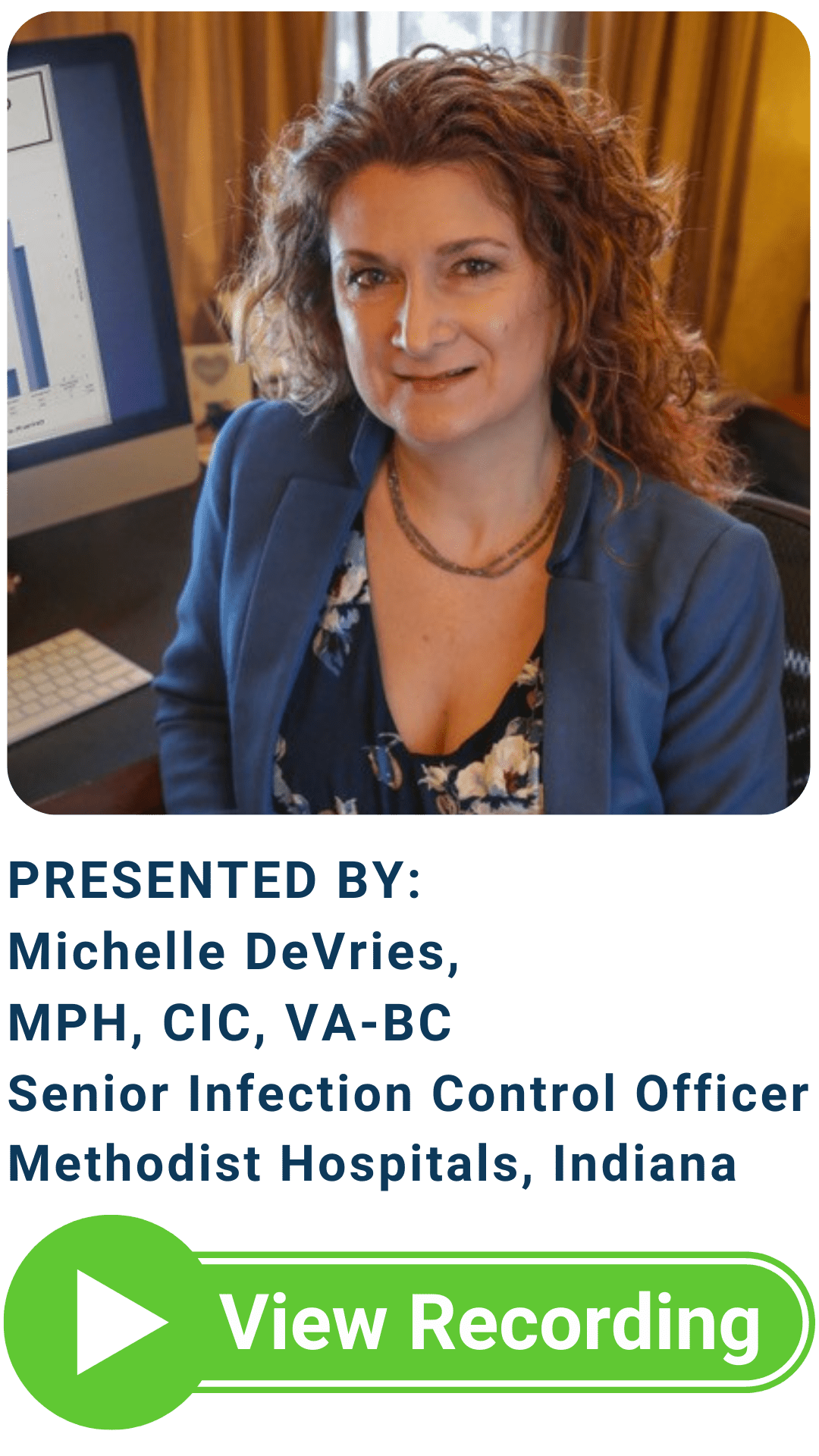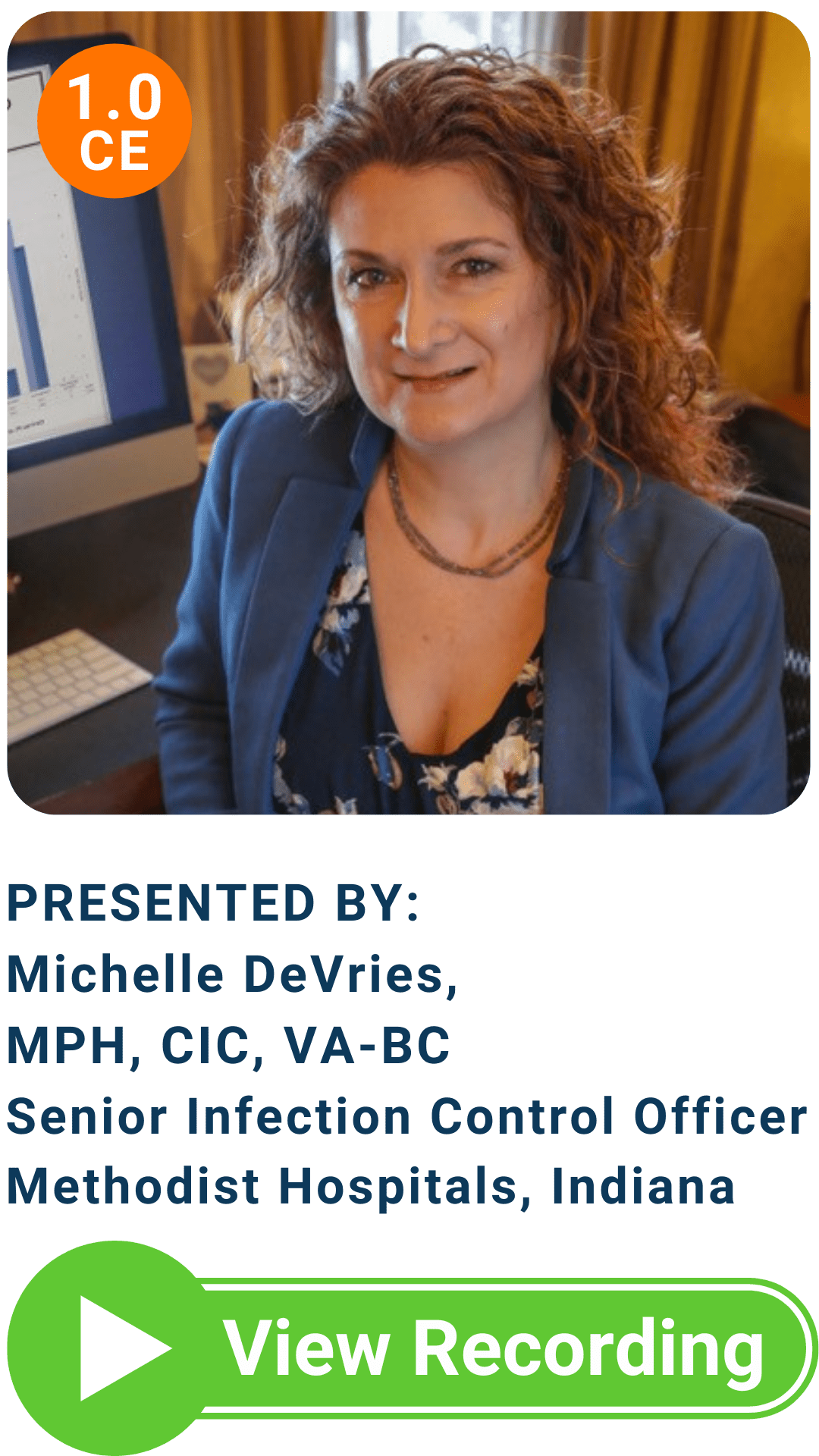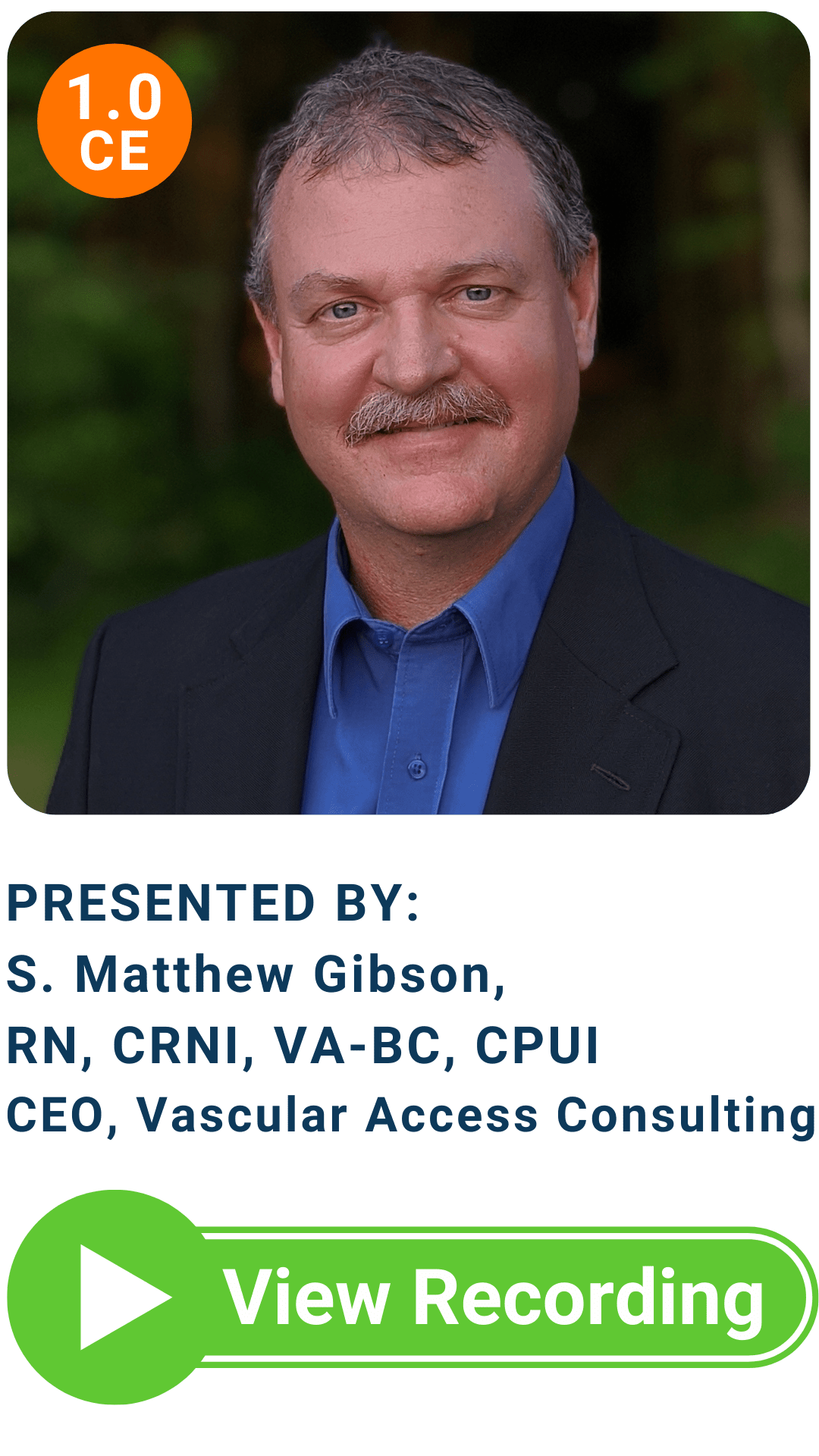A dedicated Vascular Access Team can relieve some of the burden of bedside staff with care, maintenance, surveillance, and education regarding vascular access devices. This specialty team can also provide consultative services to provide the most current evidence-based practice to the patients they are trusted to care for.
Hear the story of one Vascular Access Team in Indiana that has achieved and maintained zero CRBSIs in the PICCs and Midlines they placed since June of 2017 and has been instrumental in reducing CRBSI in all central venous catheters (CVC) in their institution. This team has also expanded its scope of practice to place PICC lines in the neonatal population, reducing delays in care for their most vulnerable population, and placing CVCs in adult patients.
LEARNING OBJECTIVES
1. Share one team’s 14-year journey of providing vascular access care in an acute setting.
2. Demonstrate how data can be leveraged to expand a team.
3. Describe examples of using adversity to bring about positive change.
4. Share custom tools and public resources to improve your practice.
Original Air Date: July 26, 2023 Length: 60 Minutes



